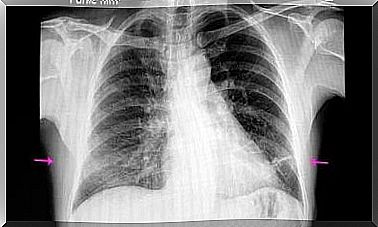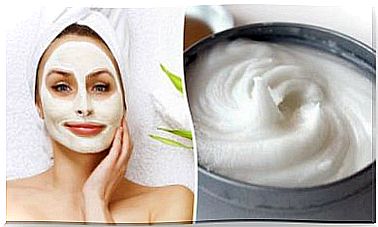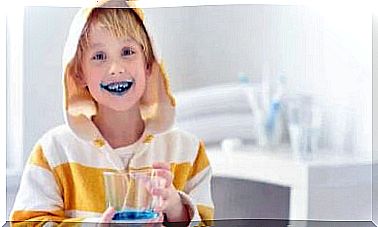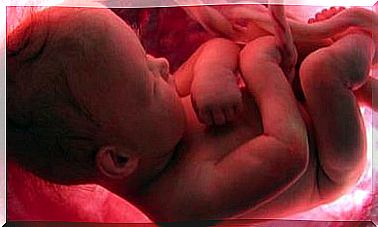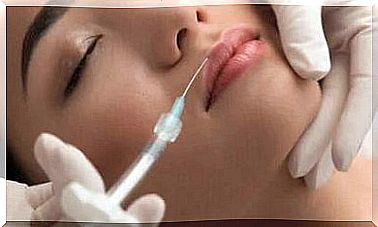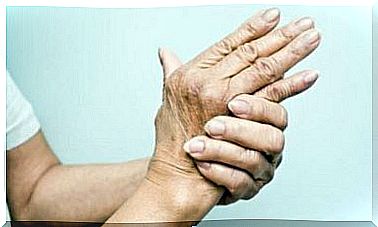First Aid In Burns – Act Immediately!
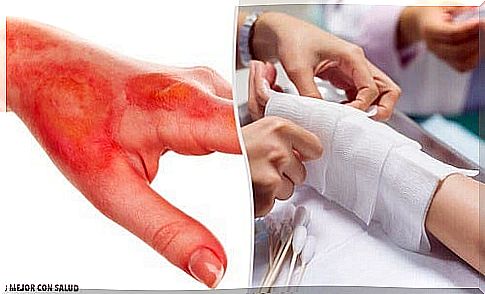
It happens quite often that you suffer a burn right at home. But do you know how to give first aid in burns? They can be easy and easy to heal, but if they appear on large areas, they can be life-threatening. It is very important to have the necessary knowledge to intervene quickly if this type of injury occurs in your own home.
Depending on the severity, there are three types of burns
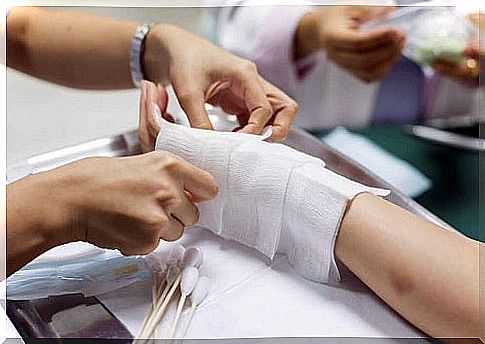
- Grade I burns: the skin turns red; they are superficial and affect only the upper layer of the epidermis, causing pain and stinging.
- Second degree burns: in addition to redness, blisters appear with a clear liquid; they are deeper and affect the first two layers of the epidermis.
- Third degree burns: in the most serious case, the skin is covered with bloody blisters; affects the deep layers of the skin and leaves scars.
First aid in first degree burns
- Keep the affected area under very cold water for 5-10 minutes.
- Disinfect the area and apply a special cream or spray against burns.
- Bandage with a clean gauze.
First aid in second degree burns
- Keep the affected area under cold water for as long as possible, up to 30 minutes, to ensure the temperature drops. This prevents damage to the deeper tissues.
- Bandage with a sterile bandage, without squeezing the material on the skin. This will create a pleasant sensation and help relieve pain.
- Avoid bathing or showering on the injured side.
- If the pain intensifies, you can take a mild analgesic such as ibuprofen.
- Do not try to break the blisters, as you will create an environment conducive to infections.
First aid in third degree burns
And this kind of burn can occur on any part of the body, but it is not advisable to take care of it at home. Run to the emergency room and consult your doctor, who will take care of:
- Removing clothing fragments from the burned area and cleaning the wound in depth.
- Constant checking for vital signs, breathing, circulation and pulse.
- Bandage the wound and apply special solutions.
Treatment of various types of burns
Clothes that caught fire
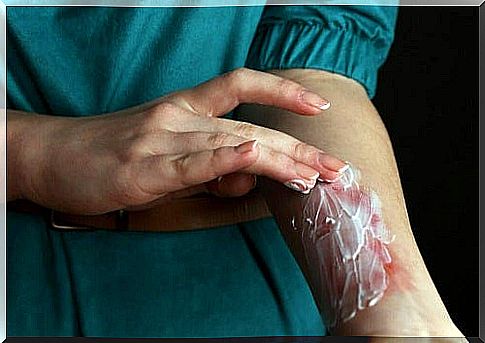
It is advisable to put the victim down, rolling her a few times to put out the flames, or covering her with a blanket. Deprived of oxygen, the flame will go out fairly quickly. You can try to remove burnt clothes only if they are not glued to the skin, especially in the case of synthetic materials.
Electric burns
After inactivating the power supply, keep the burned area under cold water for a few minutes, during which time you can try to remove the textile debris. Place a sterile gauze over the wound and transport the victim immediately to the hospital. Electric shock can cause more serious problems, in addition to burns.
Chemical burns
Any area of the body would be affected, rinse with plenty of water without soap, as it could interact with chemicals on the skin. See a doctor immediately for specialist treatment.
What NOT to do in case of a burn
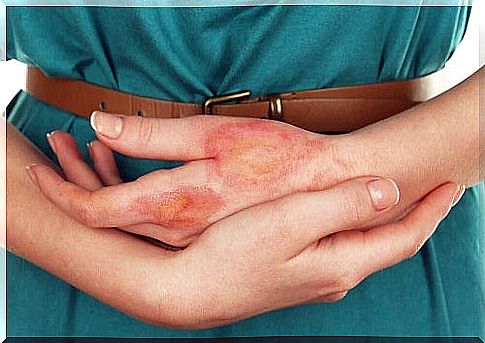
- Do not put ice directly on burnt skin, as this can cause frostbite which will make the situation worse.
- Do not apply ordinary lotions or oils, which are not indicated for such situations. These could affect the healing process.
- Under no circumstances break the blisters formed, there is a high risk of inflammation.
- It is forbidden to use patches or cotton wool on the injured skin. These objects do not allow the skin to breathe and can lead to infections.
- Do not remove the remnants of clothes that have stuck to the skin because they can come off completely with the surface layer of the skin. A doctor will apply the right methods.
- As far as possible, do not touch wounds and burns to prevent contamination.
- Never apply toothpaste, animal fats, talcum powder or body cream on burnt skin, as they worsen the situation and the healing process.
Handy solutions for mild burns
Aloe vera
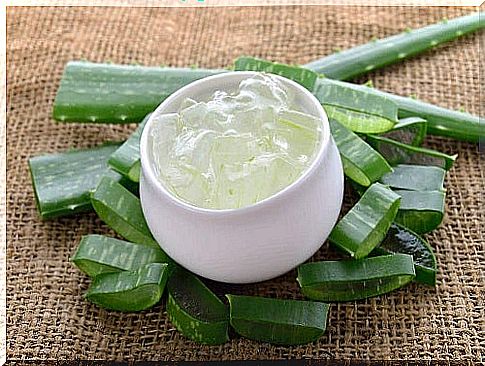
Aloe vera gel has anti-inflammatory properties that accelerate the healing of wounds and burns. You can apply the gel directly from the leaf of the plant, for an instant pain relief.
Honey
Honey is a universal panacea, with multiple antibacterial, antibiotic and anti-inflammatory properties, being the ideal remedy in case of a mild burn. Apply directly to the wound and repeat several times a day.
Marigold extract
Marigold oil is an excellent antiseptic and analgesic, helping to heal any skin conditions faster. You can find marigold extract on any plafar in the form of cream, gel, lotion or oil, so you can choose the one that suits you best.
